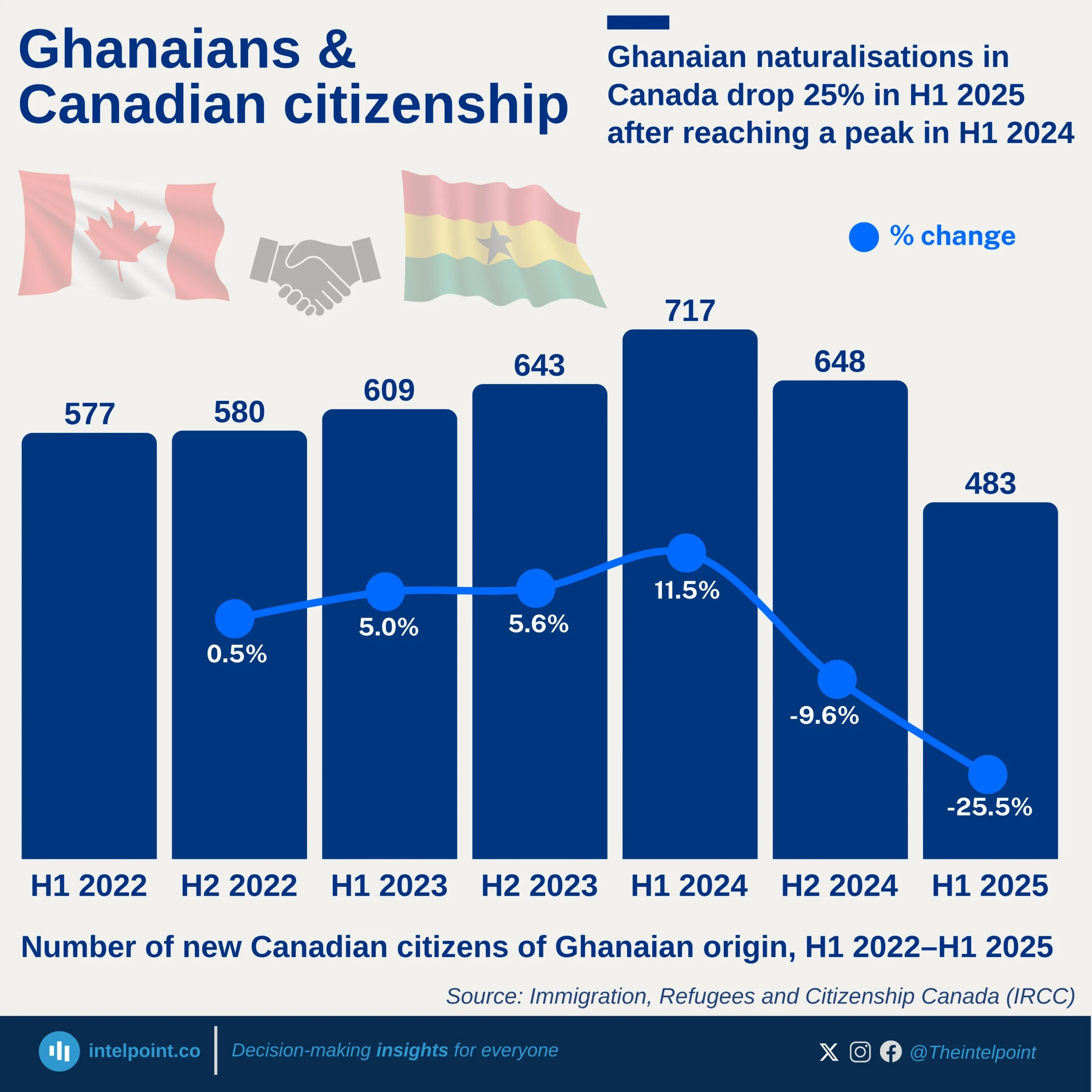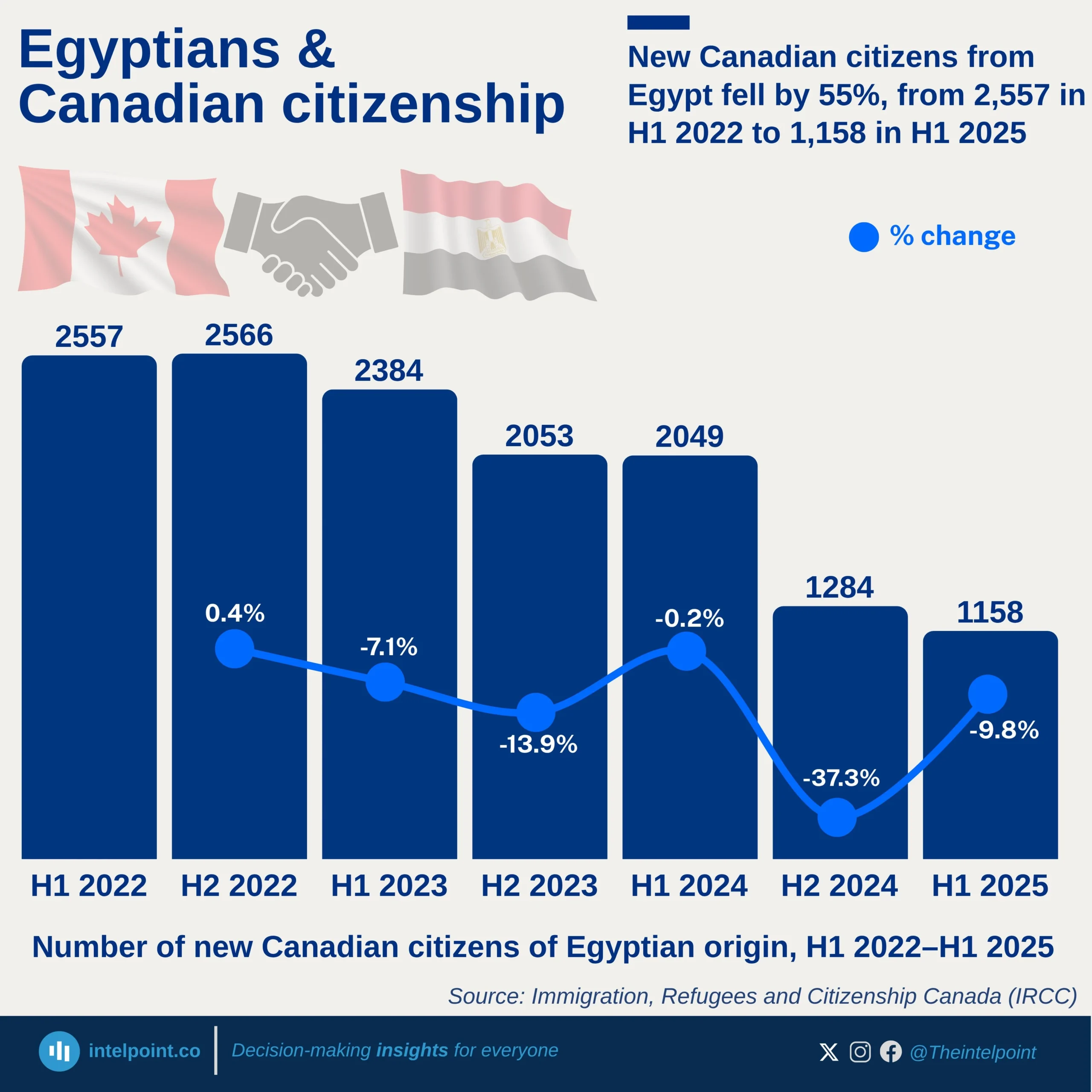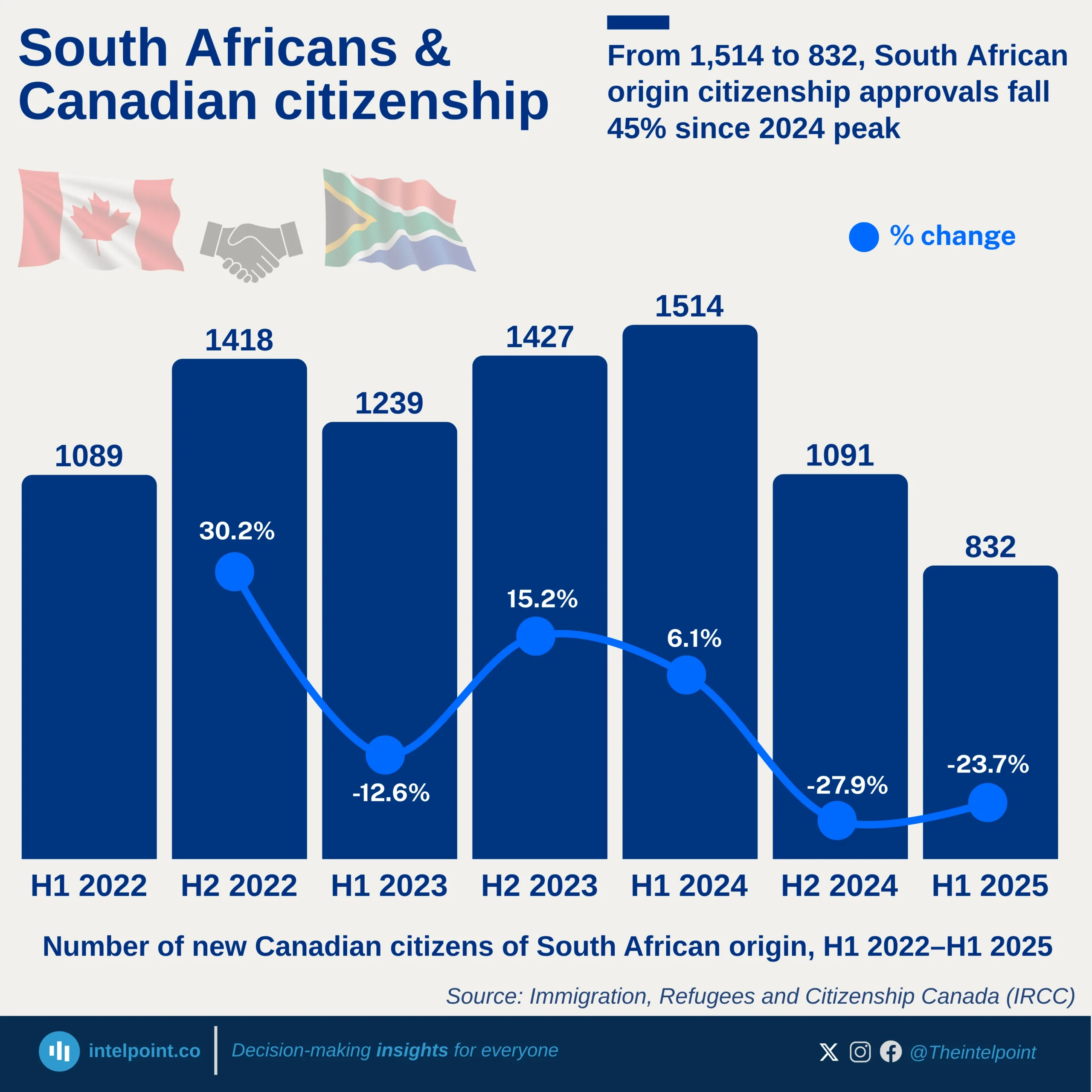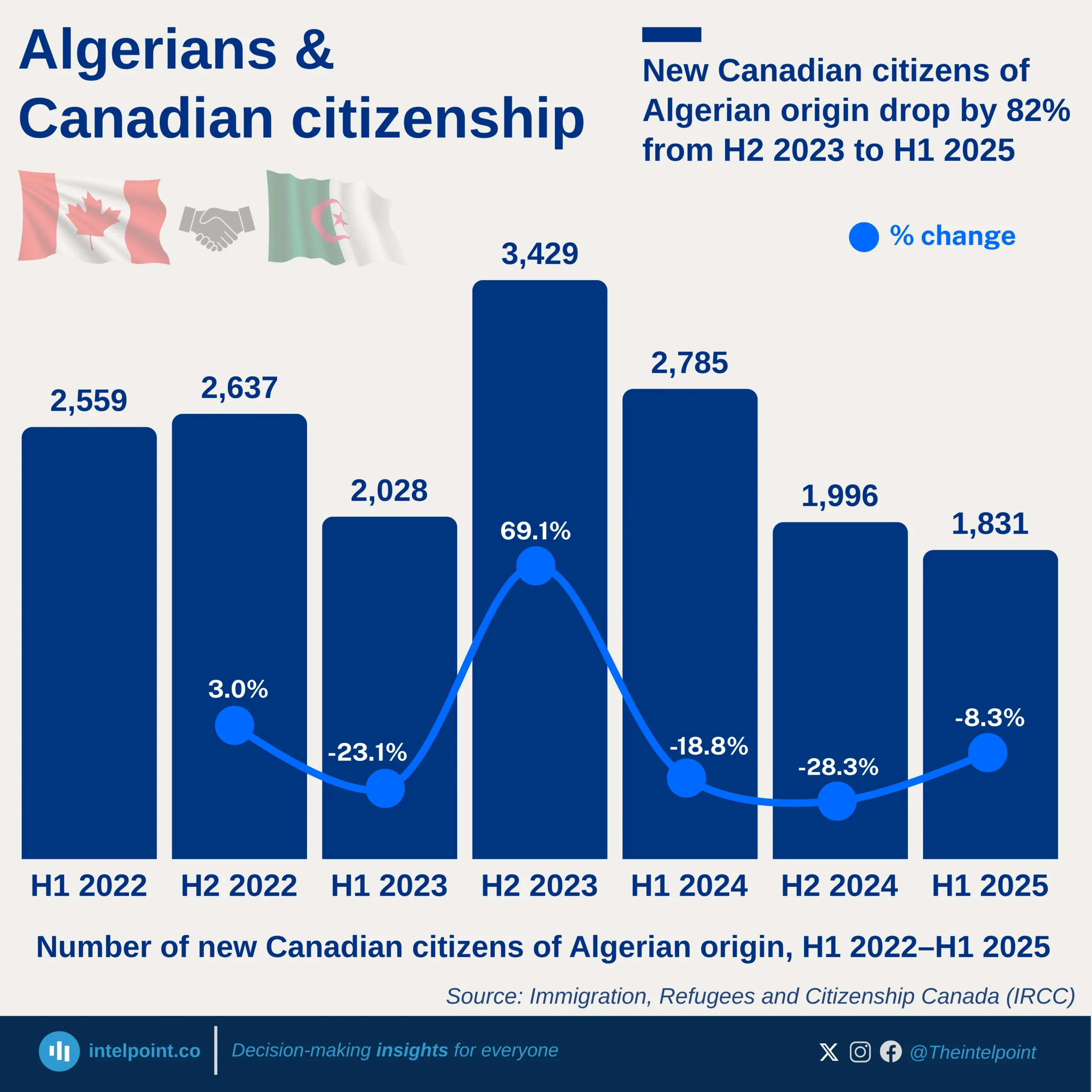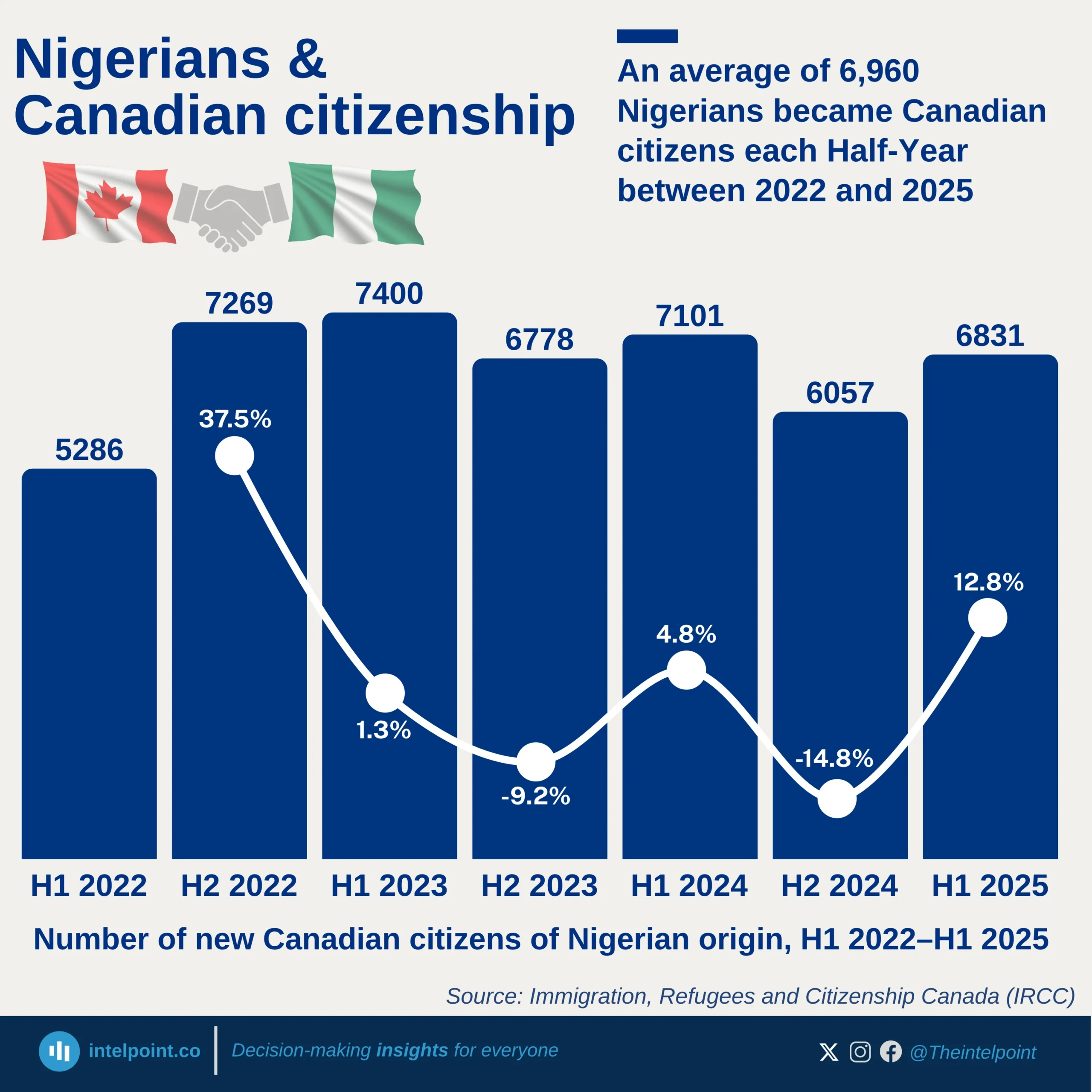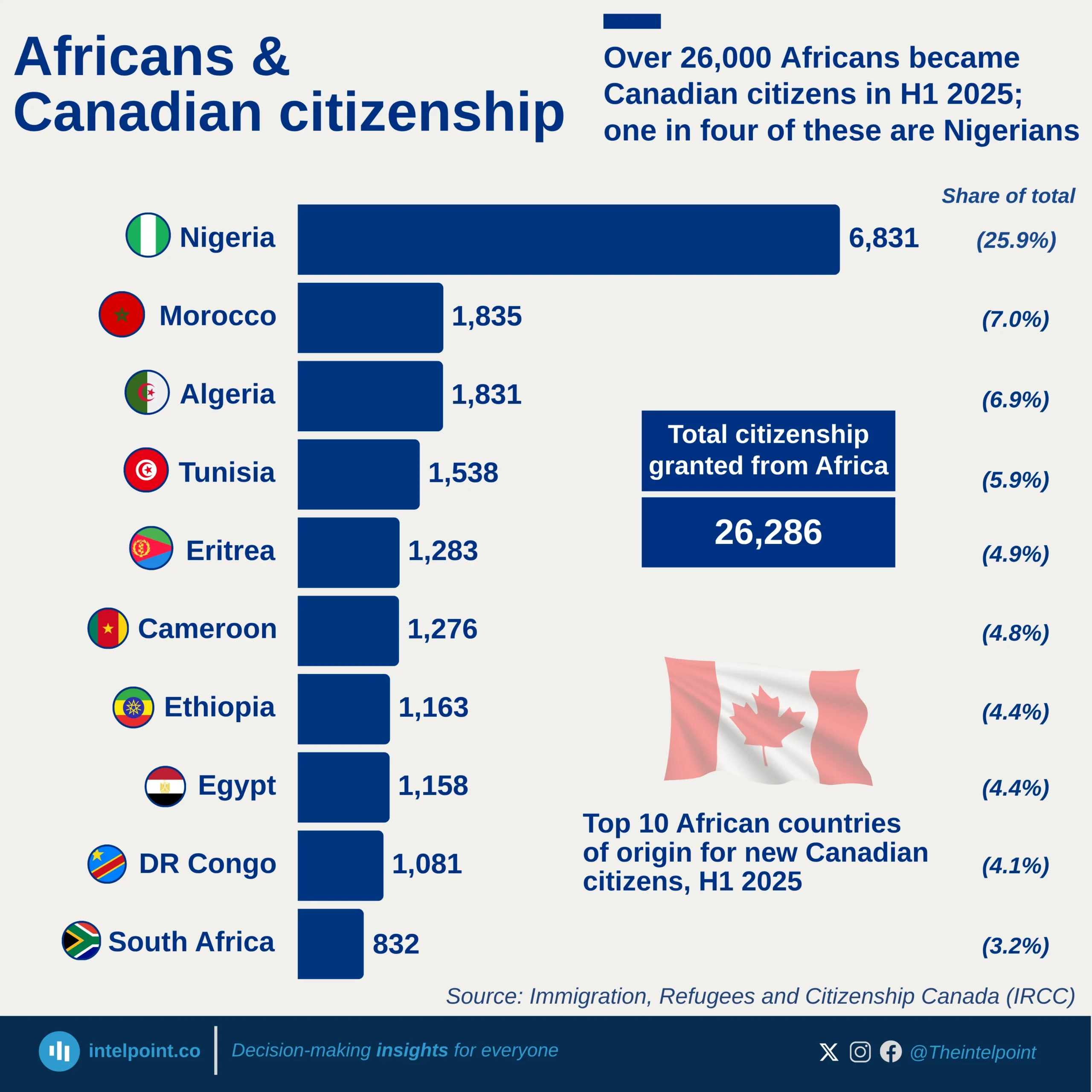Key Takeaways:
The year 2024 witnessed a significant increase in refugees escaping their native countries to the United States in search of safety, a fresh start, and hope. As of 2024, more than 435,000 refugees were recorded in the U.S., with the top eleven countries of origin contributing over 10,000 refugees.
Among these leading countries, China has the highest recorded number of refugees (60,044), followed by Afghanistan at 46,137 refugees in the United States. Central American nations such as El Salvador (35,766), Guatemala (28,452), and Honduras (22,479) are also among the countries with significant numbers of refugees exceeding 10,000 in the United States.
Venezuela (28,128) and Mexico (14,022) have also seen substantial numbers of their citizens registered as refugees in the U.S. Other nations, including India (15,062), Russia (12,132), Haiti (14,241), and Egypt (11,543), recorded notable numbers of their citizens as refugees.
